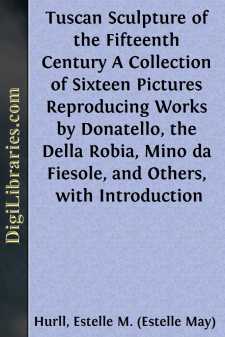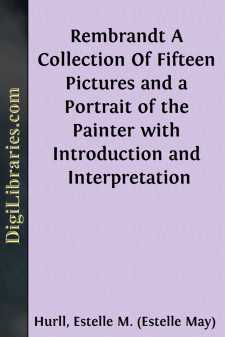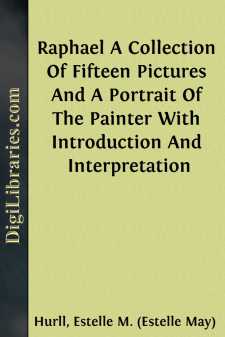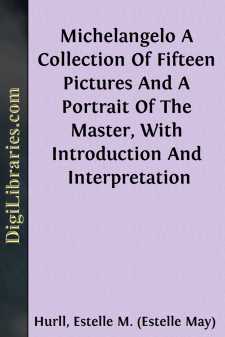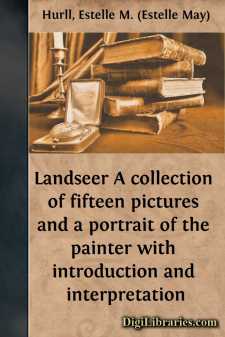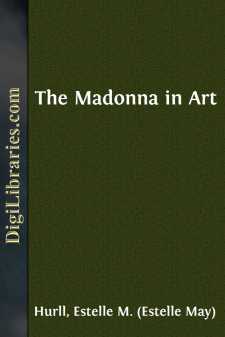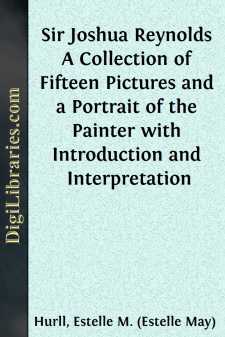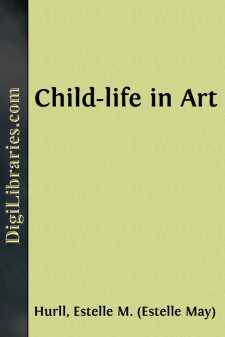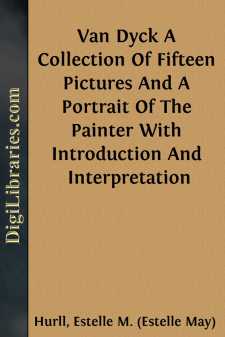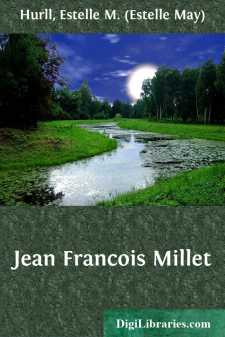Categories
- Antiques & Collectibles 13
- Architecture 36
- Art 48
- Bibles 22
- Biography & Autobiography 813
- Body, Mind & Spirit 142
- Business & Economics 28
- Children's Books 15
- Children's Fiction 12
- Computers 4
- Cooking 94
- Crafts & Hobbies 4
- Drama 346
- Education 46
- Family & Relationships 57
- Fiction 11828
- Games 19
- Gardening 17
- Health & Fitness 34
- History 1377
- House & Home 1
- Humor 147
- Juvenile Fiction 1873
- Juvenile Nonfiction 202
- Language Arts & Disciplines 88
- Law 16
- Literary Collections 686
- Literary Criticism 179
- Mathematics 13
- Medical 41
- Music 40
- Nature 179
- Non-Classifiable 1768
- Performing Arts 7
- Periodicals 1453
- Philosophy 64
- Photography 2
- Poetry 896
- Political Science 203
- Psychology 42
- Reference 154
- Religion 513
- Science 126
- Self-Help 84
- Social Science 81
- Sports & Recreation 34
- Study Aids 3
- Technology & Engineering 59
- Transportation 23
- Travel 463
- True Crime 29
Tuscan Sculpture of the Fifteenth Century A Collection of Sixteen Pictures Reproducing Works by Donatello, the Della Robia, Mino da Fiesole, and Others, with Introduction
Description:
Excerpt
"The Italian sculptors of the earlier half of the fifteenth century are more than mere forerunners of the great masters of its close, and often reach perfection within the narrow limits which they chose to impose on their work. Their sculpture shares with the paintings of Botticelli and the churches of Brunelleschi that profound expressiveness, that intimate impress of an indwelling soul, which is the peculiar fascination of the art of Italy in that century."
These words of Walter Pater define admirably the quality which, in varying degree, runs through the work of men of such differing methods as Donatello, the della Robbia, Mino da Fiesole, and Rossellino. It is the quality of expressiveness as distinguished from that abstract or generalized character which belongs to Greek sculpture. Greek sculpture, it is true, taught some of these artists how to study nature, but it did not satisfy Christian ideals. The subjects demanded of the Tuscans were entirely foreign to Greek experience. The saints and martyrs of the Christian era were at the opposite pole from the gods and heroes of antiquity. Hence the aim of the new sculpture was the manifestation of the soul, as that of the classic art had been the glorification of the body.
Jacopo della Quercia was one of the oldest of the sculptors whose work extended into the fifteenth century, being already twenty-five years of age when that century began. Standing thus in the period of transition between the old and the new, his work unites the influence of mediæval tradition with a distinctly new element. His bas-reliefs on the portal of S. Petronio at Bologna are probably his most characteristic work. The tomb of Ilaria del Carretto is in a class by itself: "In composition, the gravest and most tranquil of his works, and in conception, full of beauty and feeling."
Donatello is undoubtedly the greatest name in Italian sculpture previous to Michelangelo. The kinship between these two men was felicitously expressed in Vasari's quotation from "the most learned and very reverend" Don Vicenzo Borghini: "Either the spirit of Donato worked in Buonarroti, or that of Buonarroti first acted in Donato." Vitality, force, action, suggestiveness, character, such are the words which spring to the lips in the presence of both masters.
The range of Donatello's art was phenomenal, from works of such magnitude as the equestrian statue of Gattamelata, to the decorative panels for the altar of S. Antonio at Padua. At times he was an uncompromising realist, as in his statue of the bald old man, the Zuccone, who figured as King David. Again he showed himself capable of lofty idealism, as in the beautiful and heroic St. George. Which way his own tastes leaned we may judge from his favorite asseveration, "By my Zuccone." The point is that it mattered nothing to him whether his model was beautiful or ugly, whether he wrought out an ideal of his imagination or studied the character of an actual individual; his first care was to make the figure live. In consequence his art has what a critic has called "a robustness and a sanity" which have made it "a wellspring of inspiration to lesser men."
The only subject practically left out of Donatello's work was woman. Children afforded him all the material he needed for the more decorative forms of his art. For the rest the problems which interested him most were perhaps best worked out in the study of the male figure.
A recent biographer of Donatello, Hope Rea, points out some interesting characteristics of his technical workmanship....


